
Free Museum Days in Europe: An Artist's Comprehensive Guide to Accessible Art
Unlock Europe's art for free! An artist's expanded guide to finding free museum days, understanding access types, navigating crowds, and making the most of your visit across top cities. Discover accessible art & spark creativity.
Unlocking Europe's Masterpieces: My Expanded Guide to Free Museum Days
Let's be honest. As an artist, or just someone who loves art, museums are like cathedrals. They hold the history, the passion, the sheer stuff that makes your heart beat a little faster. But sometimes, the price tag on that ticket can feel like a velvet rope keeping you out. Especially when you're trying to see all the art Europe has to offer. Trust me, I've been there, staring longingly at grand facades, mentally calculating if I can afford both the entry fee and a decent coffee afterwards. I remember one trip to Florence where the choice felt stark: the Uffizi or actual sustenance. It shouldn't have to be that way. It's a bit like being told the best view is free, but you have to pay to stand on the hill. Frustrating, right?
This guide is born from those moments – the longing glances, the tough choices, and the eventual discovery that art can be accessible. My goal is to share everything I've learned about navigating the world of free museum days in Europe, from understanding the different access policies to making the most of your visit, all through the lens of someone who finds endless art inspirations within those hallowed halls. It's about removing that financial barrier and opening the doors to creativity for everyone.
That's where the magic of free museum days comes in. It's like the universe winks at you and says, "Go on, soak it all in, on the house." For me, these days aren't just about saving a few euros; they're about accessibility, about the democratic idea that art should be for everyone, regardless of their wallet size. It's a chance to wander, to discover, to get lost in beauty without that little voice in your head reminding you how much each minute is costing. It removes the pressure to 'get your money's worth' and allows for genuine, unhurried connection with the art. That's the real treasure. And honestly, sometimes the art feels more vibrant, the connection more profound, when you know the only cost was your time and attention.
Why Free Art is a Big Deal (Especially for Me)
Think about it. As an artist, my work is a conversation with history, with other artists, with the world. Museums are where I listen to that conversation. They're where I find art inspirations, study different genres of art, and try to figure out what is the meaning of art in a broader context. Being able to do that freely, without financial strain, is invaluable. I remember a free Sunday at the Musée d'Orsay in Paris; standing before Monet's 'Poppy Field', I wasn't just admiring the technique, I was absorbing the feeling of the light, the texture, the sheer audacity of it, and thinking about how I could translate that energy into my own abstract art. That kind of deep engagement feels different when the pressure of a ticking clock (and ticket price) isn't looming. It's less about consuming, more about absorbing. It's in those quiet moments, even amidst the crowds, that ideas for new pieces often spark. Free access doesn't just benefit the visitor; it benefits the entire artistic ecosystem by fostering new perspectives and encouraging continuous learning.
In fact, a visit to the Tate Modern on a free day, seeing the scale of a Rothko up close, directly influenced a series of large-format color field paintings I later created in my own studio. Another time, seeing the intricate details of a medieval altarpiece at the Victoria and Albert Museum on a free visit made me rethink my approach to layering and texture in my own work. That direct, uninhibited experience is priceless. It reinforces my belief that art should be seen, experienced, and felt by as many people as possible, a philosophy that guides my own work and desire to make art accessible.
Conversely, I recall a trip to a smaller, private gallery in Rome that had a temporary exhibition of sketches by a Renaissance master I deeply admired. The entry fee was quite high, and while I desperately wanted to see them, my budget simply wouldn't allow it that trip. I had to walk away, knowing I was missing a potentially profound learning experience. It was a stark reminder that while free days are a gift, the cost of entry can still be a significant barrier, making the free access opportunities even more precious.
The Lay of the Land: How Free Access Works Across Europe
Free museum access in Europe isn't a one-size-fits-all deal. It varies wildly from country to country, and even from museum to museum within the same city. Generally, you'll find a few main models, often rooted in historical traditions of public access or cultural promotion. Understanding these nuances is key to planning your visit. These policies are often driven by a desire to make cultural heritage accessible to citizens and visitors alike, sometimes as a public service, sometimes to boost tourism or local engagement.
It's crucial to understand upfront that free entry policies almost always apply only to the museum's Permanent Collection. The 'Permanent Collection' refers to the museum's main, usually long-term display of its own holdings – the foundational stuff like classical masters, historical artifacts, or national art. Special or Temporary Exhibitions typically require a separate, paid ticket. These are often blockbuster shows, retrospectives of famous artists, or themed exhibitions that require significant resources (like borrowing fees, insurance, and specialized installation) to curate and display. Don't get caught out expecting to see that Picasso retrospective or the latest contemporary installation for free!
Common Free Access Models:
- Always Free Permanent Collections: Some museums, particularly national collections in the UK, have free permanent collections. This is the dream! You can pop in for an hour, see your favorite piece, and leave, no pressure. The tradition of free national museums in the UK, for instance, dates back to the 18th and 19th centuries, rooted in the idea of public education and access to national heritage. Being able to just walk in and spend five minutes with a single painting that speaks to you, without feeling the need to justify a ticket price, is a unique kind of freedom.
- Free on Specific Days or Times: This is the most common model across continental Europe. Often it's the First Sunday of the month, or perhaps a few hours on a specific evening each week. This requires planning, and usually means dealing with crowds. These policies often stem from government initiatives to make culture more accessible to citizens, sometimes tied to specific national or regional cultural programs.
- Free for Specific Groups: Many museums offer free entry to specific demographics. This often includes students, seniors, children, and young people under a certain age (commonly under 18 or Under 26). For age-based free entry, especially in EU/EEA countries, this benefit is often extended specifically to EU/EEA residents. This is often due to reciprocal cultural agreements between member states, aiming to make European culture accessible to its young citizens. Always check the museum's website for the exact age limit and residency requirements. You'll typically need to show a valid ID (like a passport or student card) to prove you qualify.
- Free on Special Occasions: Events like European Museum Night, local cultural festivals, or even specific national holidays might offer free entry. Keep an eye on local event listings when planning your trip.
Beyond age and residency, free entry might also be available for other groups, though this varies significantly. Look out for policies covering:
- Teachers/Educators: Sometimes free entry is offered to support educational visits.
- Disabled Visitors and their Carers: Many institutions provide free access for visitors with disabilities and one accompanying carer. It's also worth checking the museum's website for information on accessibility features like lift access, quiet spaces, sensory guides, or specific tours for different needs – true accessibility goes beyond just the ticket price.
- Holders of Specific City Passes or Tourist Cards: Some city-wide passes include free museum entry, which can be a great value if you plan to visit multiple paid attractions.
- Members of Reciprocal Programs: If you're a member of a museum in your home country, check if they have reciprocal agreements with European museums offering free entry. This is a less common but potentially valuable perk for frequent travelers or dedicated museum-goers. Being a member of a local museum can sometimes unlock doors (literally!) to collections across continents, a quiet bonus for the dedicated art enthusiast.
Always, always verify these specific group policies on the museum's official website before your visit. Don't assume!
Free on Special Occasions
Events like European Museum Night, local cultural festivals, or even specific national holidays might offer free entry. Keep an eye on local event listings when planning your trip.
Knowing which model a museum uses is key to planning your visit. It's also crucial to understand that free entry policies almost always apply only to the museum's Permanent Collection. Special or Temporary Exhibitions typically require a separate, paid ticket. These are often blockbuster shows, retrospectives of famous artists, or themed exhibitions that require significant resources (like borrowing fees, insurance, and specialized installation) to curate and display. Don't get caught out expecting to see that Picasso retrospective or the latest contemporary installation for free!
Another vital point, especially for popular museums and free days: you often need to book your free ticket online in advance. Showing up on the day without a booking, even if entry is technically free, can mean being turned away due to capacity limits. Always check the official website for booking requirements. Seriously, this one has saved me from disappointment more times than I can count – nothing deflates the art-seeking spirit faster than being told "Sorry, full capacity" after queuing.
Also, keep in mind that free days or hours can sometimes be affected by holidays, special events, or unexpected closures. A quick check of the museum's website or social media before you head out can save you a wasted trip. I once arrived at a museum on a supposed free Sunday, only to find a sign saying it was closed for a private event. A quick social media check beforehand would have saved me the walk!
Beyond the major national institutions, don't overlook smaller municipal museums, university galleries, or specialized collections. These often have different, sometimes more consistent, free entry policies and can offer a quieter, more intimate viewing experience. I've found some truly inspiring pieces and unexpected moments of calm in these less-hyped spaces.
Europe's Generous Gems: Where to Find Free Art
So, where exactly can you find these pockets of free artistic wonder? While a comprehensive list would fill a book (and change constantly!), here are some highlights and examples of cities known for offering free art experiences. This is where the planning really pays off. Remember, these are just starting points – always check the specific museum's website for the latest details.
London, UK
London is arguably the champion of free museum access. Many of its major institutions have free permanent collections. You could spend weeks just exploring these without spending a penny on entry fees. My first time walking into the National Gallery and seeing Van Gogh's 'Sunflowers' without paying felt like a quiet rebellion, a personal victory for accessible art. And wandering through the vast halls of the British Museum, taking in artifacts from across the globe, feels like a free trip around the world. The sheer scale of the collections, from ancient sculptures to intricate ceramics at the V&A, is mind-boggling, and the fact that you can just walk in is incredible. London truly embodies the spirit of art for everyone.
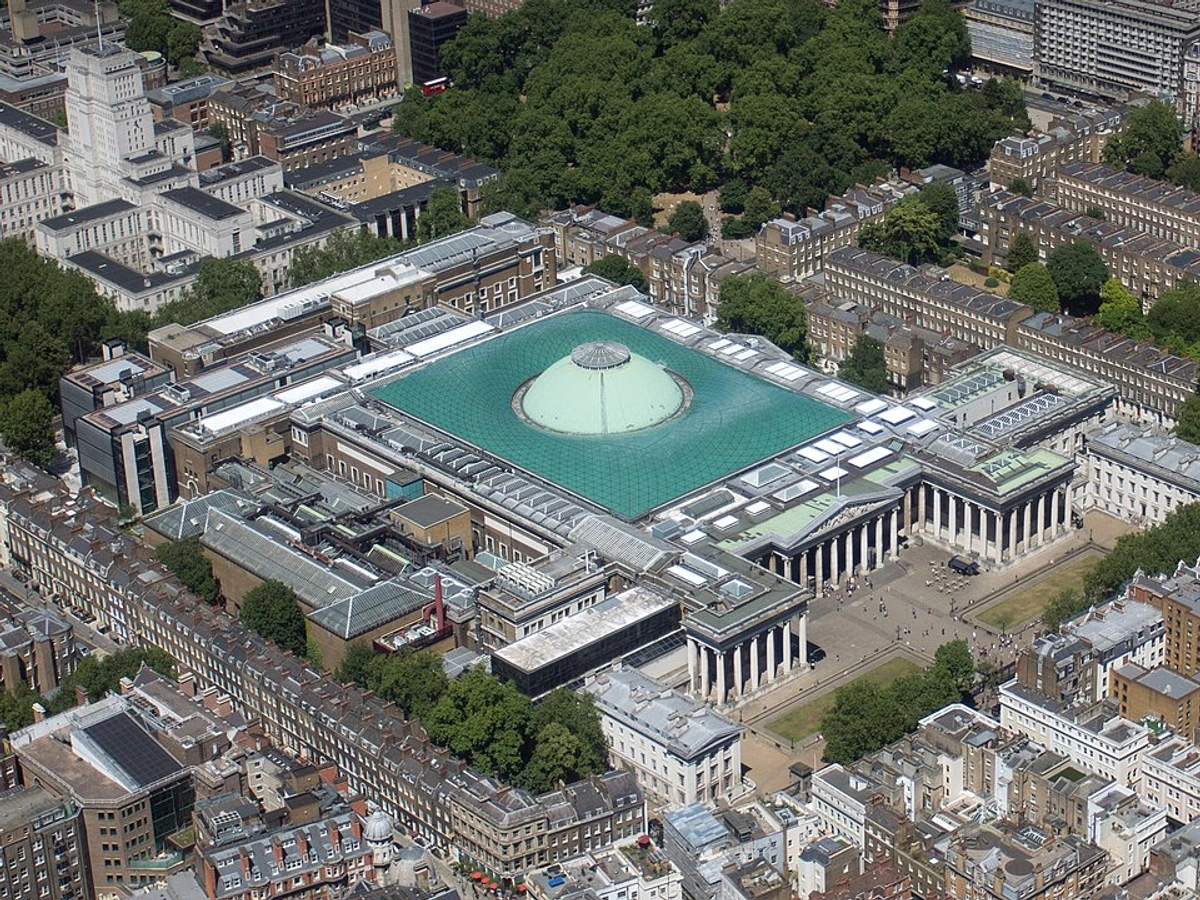
- The British Museum: Vast collection of world art and artifacts. Always free for the permanent collection.
- The National Gallery: Home to masterpieces from the 13th to 19th centuries. Always free for the permanent collection.
- Tate Modern: Modern and contemporary art in a stunning building. Always free for the permanent collection.
- Victoria and Albert Museum (V&A): Decorative arts and design. Always free for the permanent collection.
Paris, France
Crossing the channel, Paris has a slightly different system, often offering free entry to permanent collections on the First Sunday of the month, and sometimes free entry for young people (Under 26, specifically EU/EEA residents). Navigating the Louvre on a free Sunday is an experience in itself – a beautiful, chaotic ballet of art lovers. I once spent a free Sunday trying to find a specific small drawing amidst the crowds and ended up discovering a whole wing of incredible Roman artifacts I never knew existed. That unexpected discovery felt like a true win. But finding a quiet corner to just be with a piece, even for a moment, makes it worthwhile. Seeing the sheer scale of works like the 'Winged Victory' or the 'Mona Lisa' (even from a distance!) is something everyone should experience, and free days make it possible. Paris offers iconic art, often with a side of bustling energy on free days.
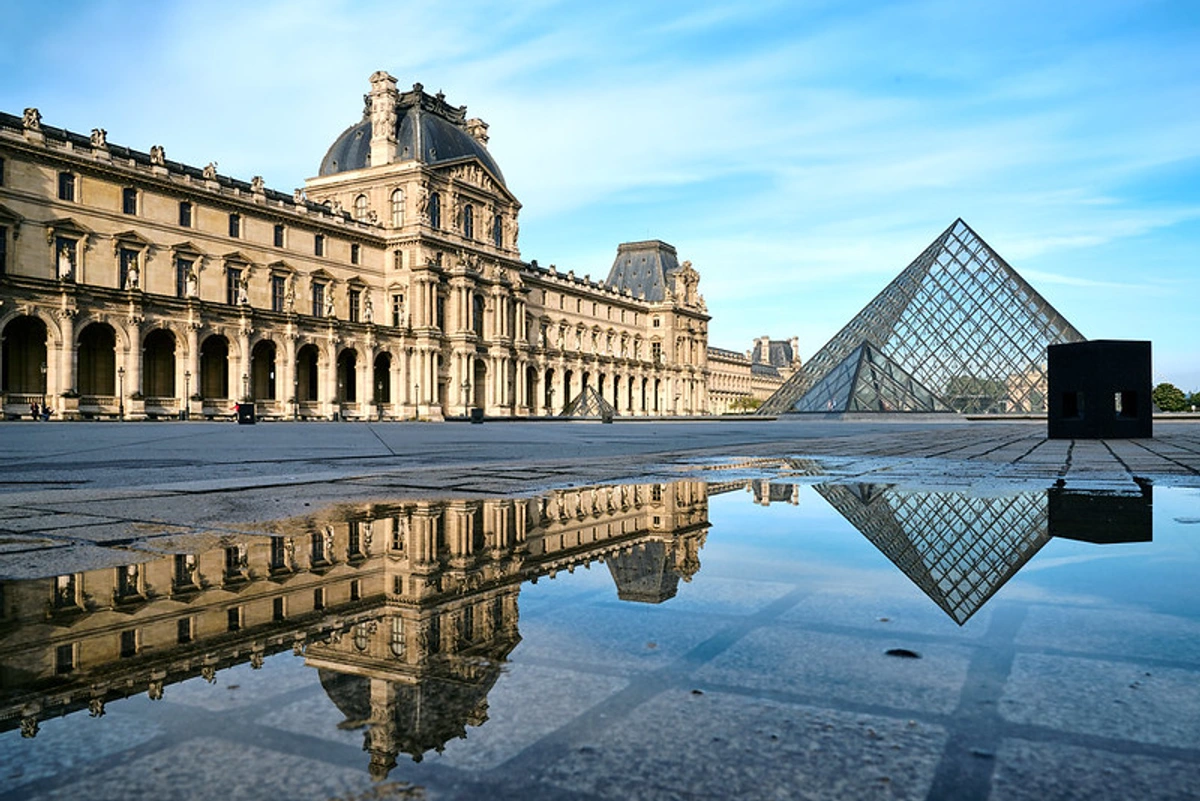
- The Louvre Museum: Free First Sunday of the month (Oct-Mar), free for Under 26 (EU/EEA residents). Applies to the permanent collection.
- Musée d'Orsay: Free First Sunday of the month, free for Under 26 (EU/EEA residents). Home to incredible Impressionist and Post-Impressionist works – seeing the vibrant colors of Renoir or the structured landscapes of Cézanne here is a must. Applies to the permanent collection.

- Centre Pompidou: Free First Sunday of the month (permanent collection), free for Under 26. Offers a fantastic collection of modern and contemporary art.
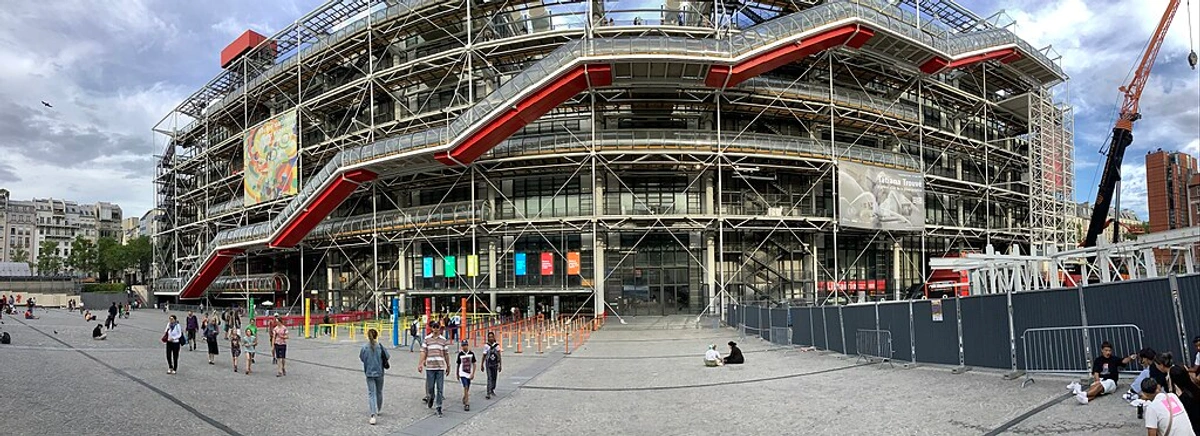
Madrid, Spain
Moving south to Spain, Madrid's major museums often have specific free hours in the late afternoon/evening. This is my preferred method – fewer crowds than a free Sunday morning, allowing for a more focused, albeit shorter, visit. I've spent many late afternoons wandering the Prado, feeling like I had the masters almost to myself. Standing before the immense canvases of Goya or the intricate details of Velázquez's 'Las Meninas' during these quieter hours feels like a secret conversation with history. The Reina Sofía offers a powerful contrast with its modern and contemporary collection, including Picasso's monumental 'Guernica' – seeing it in person is a truly moving experience, and the free hours make it accessible. Madrid proves that free access doesn't always mean battling peak crowds.
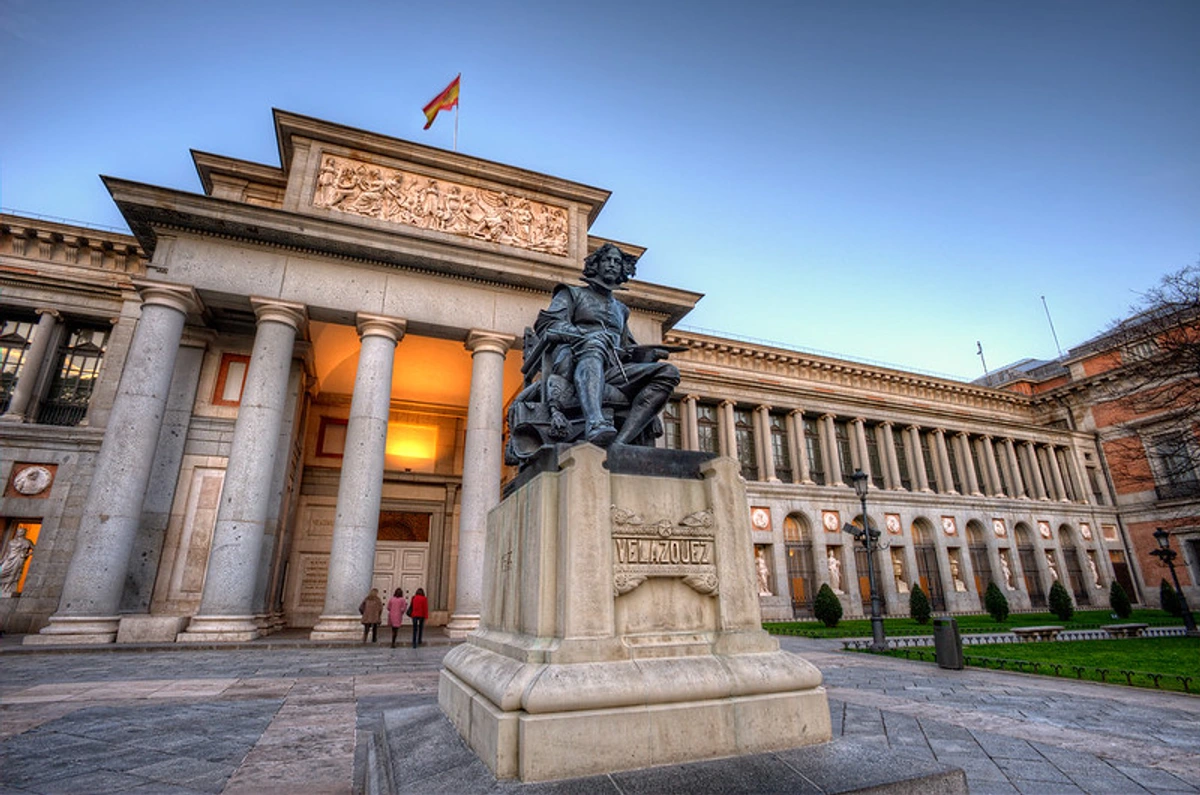
- Prado Museum: Free hours most days (check website for specifics). Applies to the permanent collection.
- Reina Sofía Museum: Free hours most days, and free all day Sunday. Applies to the permanent collection.
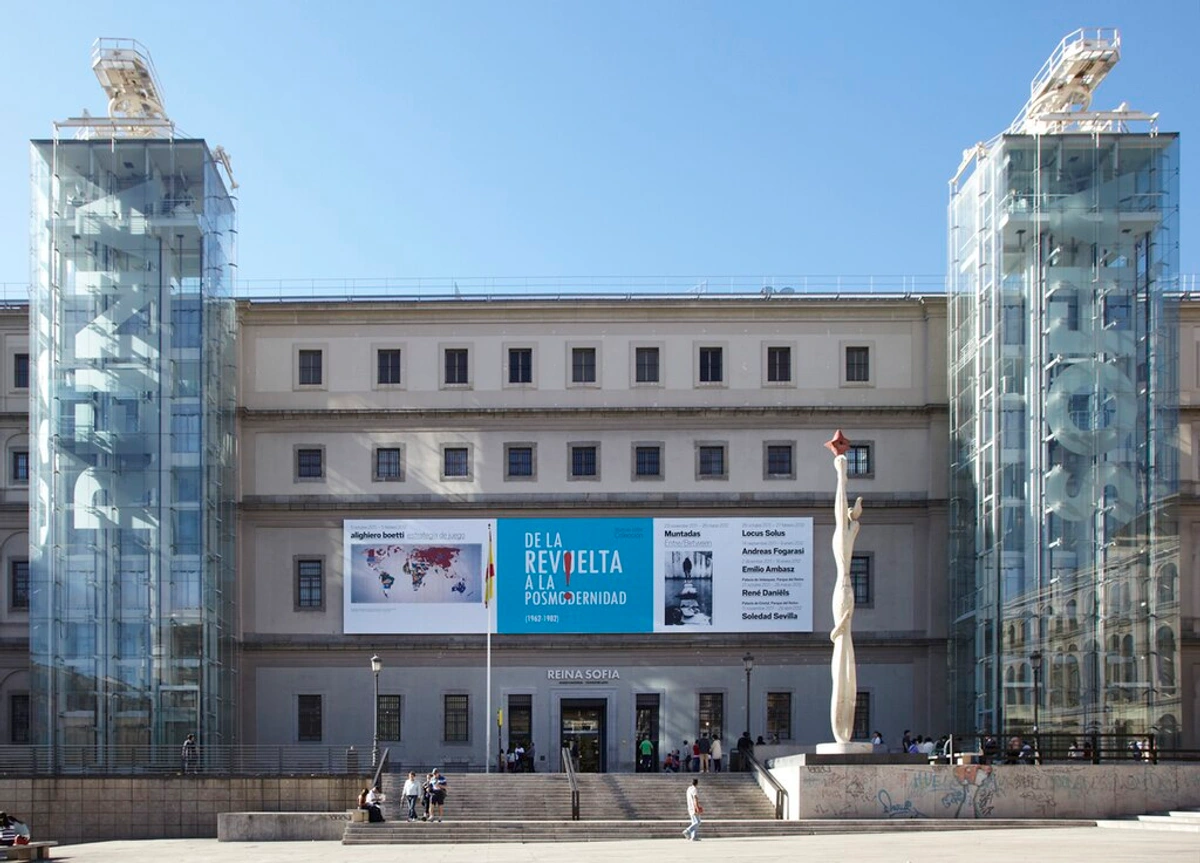
- Museo Thyssen-Bornemisza: Free on Mondays (check website). This museum offers a fantastic overview of art history, bridging the gap between the Prado and Reina Sofía. Applies to the permanent collection.
Other Cities & Notable Mentions
Many other European cities offer free museum days or free entry to certain museums. It's always worth checking the official website of any museum you plan to visit. A great starting point is often the official city tourism website, which may have a consolidated list of free entry options across various institutions.
- Berlin: Many state museums offer free entry on the First Sunday of the month (known as Museum Sunday). This is a great opportunity to explore diverse collections, from classical to contemporary.
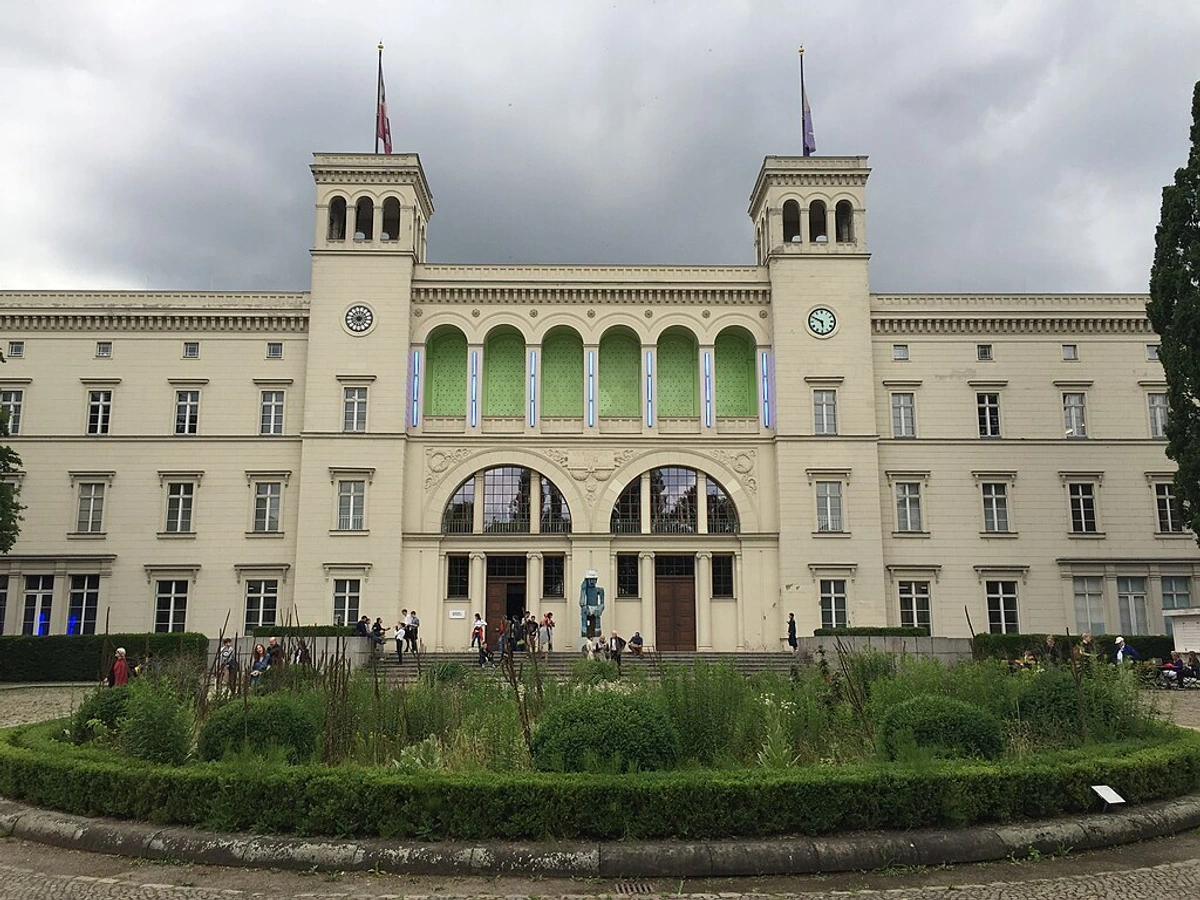
- Vienna: Some museums, like the Wien Museum, are free on the First Sunday of the month. Others might have specific free evenings. Vienna's art scene is rich, offering everything from Klimt at the Belvedere to the Old Masters at the Kunsthistorisches Museum.

- Rome: The Vatican Museums are famously free on the last Sunday of the month (be prepared for massive crowds – I tried this once, and it was less about art, more about crowd management). Still, seeing the Sistine Chapel, even in a throng, is unforgettable. Many state museums in Rome also offer free entry on the First Sunday of the month. (Permanent collections only).
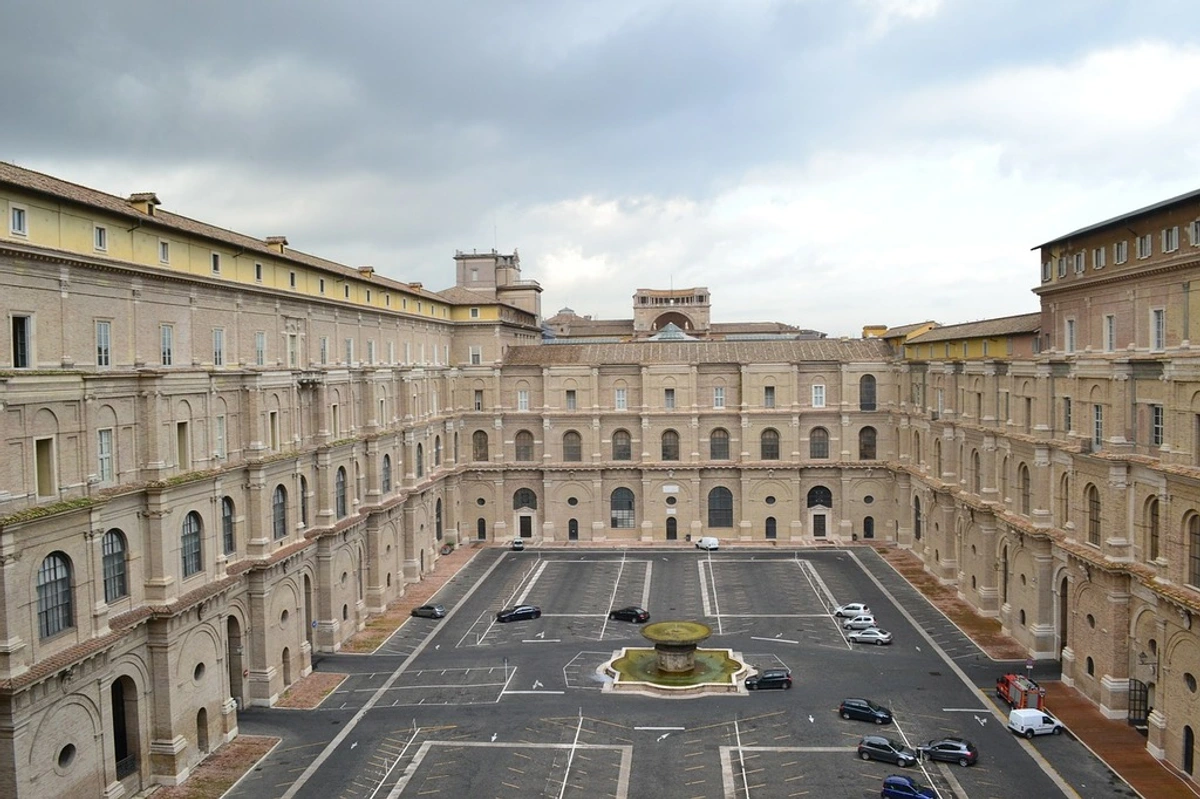
- Amsterdam: While major museums like the Rijksmuseum and Stedelijk Museum generally charge entry for adults, kids often get in free! There are also smaller municipal museums, independent galleries, and initiatives that might offer free access or events. It's always worth checking local listings. As an artist based near 's-Hertogenbosch, I appreciate the accessibility of art, and while Amsterdam's big names aren't free for adults, the city's vibrant gallery scene often is. You can explore my own journey and connection to Dutch art on my /timeline.
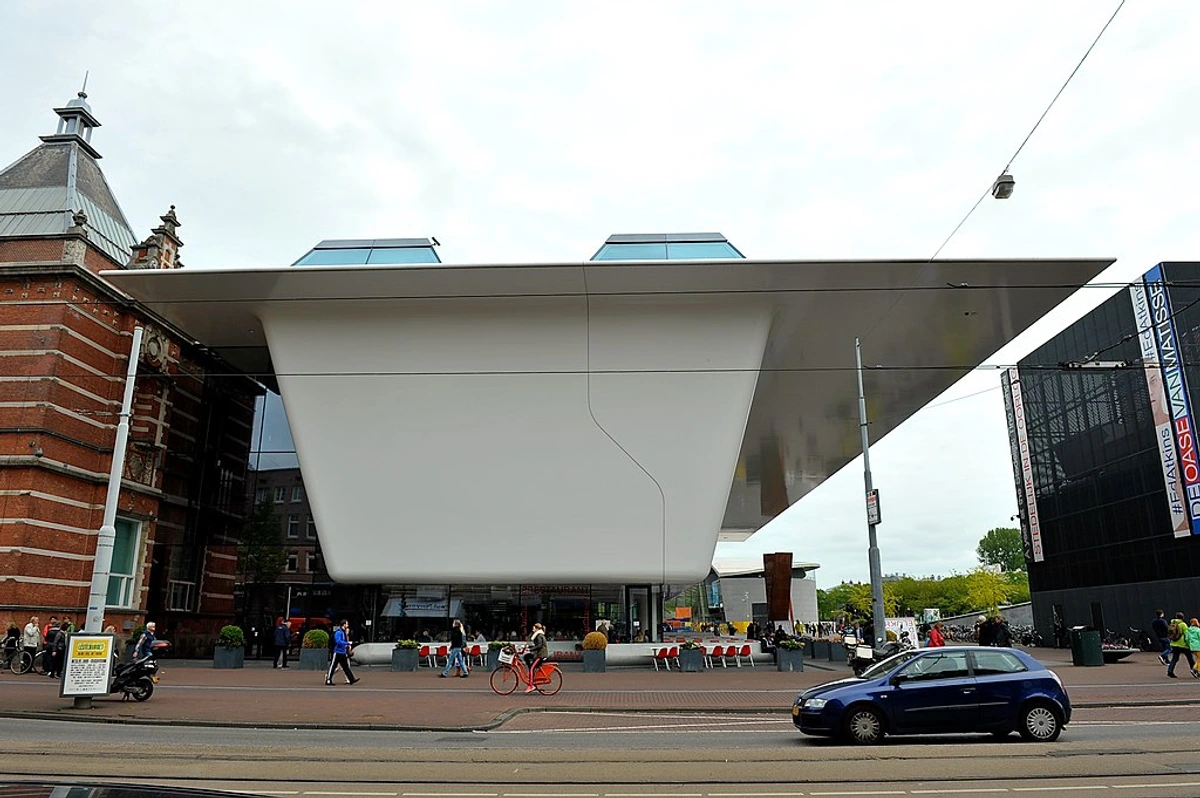
Other countries like Belgium (some national museums free on First Wednesday afternoon), Portugal (many national museums free on Sundays/holidays for residents), the Czech Republic, and parts of Scandinavia also have varying free entry policies, often tied to specific days, times, or age groups. The key takeaway? Always check the individual museum's website!
Here's a quick summary of common free access policies in major cities mentioned:
City | Common Free Access Policy | Notes |
|---|---|---|
| London | Always Free Permanent Collections | Many major national museums. |
| Paris | First Sunday (Oct-Mar), Under 26 (EU/EEA residents) | Applies to permanent collections. |
| Madrid | Specific Free Hours (late afternoon/evening), Free Sunday | Applies to permanent collections. Check specific times. |
| Berlin | First Sunday (Museum Sunday) | Many state museums. Applies to permanent collections. |
| Vienna | First Sunday (some museums), Specific Free Evenings (others) | Policies vary by museum. Applies to permanent collections. |
| Rome | First Sunday (state museums), Last Sunday (Vatican Museums) | Applies to permanent collections. Expect large crowds, especially Vatican. |
| Amsterdam | Kids often free, check smaller galleries/initiatives | Major museums generally charge for adults. |
Beyond the Big Names: Discovering Smaller & Alternative Free Art
While the major national museums are incredible resources, the free art scene in Europe extends far beyond them. Don't limit yourself! Smaller municipal museums, often focusing on local history or specific art movements, can have more consistent free entry policies and offer a much quieter, more intimate viewing experience. Think about places like a local history museum with a small art collection, a museum dedicated to a single, perhaps lesser-known, artist, or even a historical house museum that displays art within its period setting. University galleries are another fantastic resource, frequently free to the public and showcasing diverse collections or student work. I've found some truly inspiring pieces in these less-hyped spaces – sometimes the most profound connections happen when you're not jostling for space in front of a universally famous masterpiece.
And then there's the street art. Cities like Berlin, Lisbon, Bristol, and even smaller towns across Europe have vibrant street art scenes that are, by their very nature, completely free and accessible to everyone. Wandering through neighborhoods adorned with murals and graffiti can be just as enriching as a museum visit, offering a different kind of conversation with the urban environment and contemporary expression.

Look out for local art initiatives, pop-up exhibitions, and open studio events. These are often free and provide a chance to see art being made or displayed in non-traditional settings. Checking local tourism websites or cultural event listings online before your trip is key to uncovering these hidden gems. Sometimes, the most profound artistic experiences happen outside the traditional museum walls.
Planning Your Free Art Adventure: Tips from the Trenches
So, you've found a free day or time slot. Great! Now, how do you actually enjoy it without being overwhelmed by the sheer volume of fellow art enthusiasts? Free is great, but it comes with its own set of challenges beyond just the crowds. Security lines might be longer, access to certain popular areas could be more restricted, and sometimes the free hours are shorter than regular paid hours. Managing these potential downsides is part of the free art adventure! Mostly, people. Lots and lots of people. Here's how I try to navigate it, based on my own hits and misses – like that time I queued for an hour only to find I needed a pre-booked ticket (oops!).
Before You Go
- Always Check the Official Website: I cannot stress this enough. Policies change, opening hours vary, and free days can be cancelled or moved. Look for sections on 'Tickets', 'Plan Your Visit', or 'Free Entry'. This is also where you'll find crucial information about whether you need to book your free ticket online in advance. Seriously, double-check this. Getting turned away because you didn't book a free slot is... frustrating, to say the least.
- Book Free Tickets in Advance (If Required): Many popular museums, even on free days, require timed entry tickets booked online. Do this as soon as they become available – they often go fast! Don't underestimate the popularity of free art.
- Check City Tourism Websites: Before diving into individual museum sites, check the official tourism website for the city you're visiting. They often have consolidated lists of museums and their free entry policies, which can save you a lot of time and help you discover options you might not have known about.
- Check Age/Residency/Group Requirements: If you're relying on free entry for specific groups (like Under 26, teachers, etc.), confirm the exact criteria and what ID you'll need. Have your passport, student card, or relevant documentation ready. Important Distinction: For age-based free entry in EU/EEA countries, this often applies only to EU/EEA residents. Non-EU/EEA residents, even if under 26, may still need to pay. Always confirm this detail.
- Check Accessibility Information: If you or someone in your party has accessibility needs, check the museum's website for details on lift access, quiet spaces, sensory guides, or specific tours. True accessibility is about more than just the ticket price.
- Look Beyond the Museum Website: Check official city tourism websites or local cultural event calendars. These resources often aggregate information about free museum days, special exhibitions with free entry periods, or other free cultural events happening during your visit. They can be invaluable for discovering opportunities you might miss just checking individual museum sites. Also, check the museum's social media feeds for last-minute updates or announcements.
- Prioritize Ruthlessly: You won't see everything on a free day, especially in a massive museum like the Louvre or the British Museum. Look at the museum map online beforehand and pick 1-3 must-see sections or artworks. Head straight for those first, then allow yourself to wander if time and crowds permit. Trying to do too much will just leave you exhausted and frustrated. Think of it as a tasting menu, not an all-you-can-eat buffet. A free day is also a great opportunity for repeat visits, allowing you to focus on different wings or periods each time without feeling the pressure to 'do it all' in one go.
- Plan for Sketching/Study (Artists): If you plan to sketch or take notes, check the museum's policy on this, especially on crowded days. Some might restrict sketchbooks to small sizes or prohibit pens. Identify less crowded wings or specific pieces you want to study in detail beforehand. Free days can be perfect for focused study on a single piece or small section, rather than trying to absorb everything.
- Download the Museum App: Many larger museums have free apps that offer maps, audio guides, and information about the collection. This can be incredibly helpful for navigating crowded spaces and learning about the art at your own pace.
- Check Security and Bag Policy: Be aware of security screening procedures and bag size restrictions. Large bags may need to be checked, which can add time. Knowing this beforehand can save you hassle and queuing time. Security lines can be significantly longer on free days, so factor this into your arrival time.
During Your Visit
- Go Early or Late: If the free period is a specific block of hours, aim for the very beginning or the very end. The middle hours are usually the most packed. For free days (like the First Sunday), arriving right when the doors open can give you a precious hour or two before the worst of the crowds descend. It's amazing how much more you can absorb when you're not constantly shuffling. I once spent a free Sunday at the Uffizi (yes, the one I mentioned earlier!) arriving 15 minutes before opening and got in relatively quickly, enjoying a surprisingly calm first hour before the deluge.
- Travel Light: Big bags are often not allowed and checking them takes time (and sometimes costs money). Carry only essentials – phone, wallet, a small bottle of water (check museum rules on outside food/drink), and maybe a small notebook for sketching or jotting down thoughts. Comfortable shoes are non-negotiable. My feet have learned this the hard way.
- Plan for Breaks: Museum visits, especially on busy days, can be tiring. Know where the restrooms and seating areas are. Consider stepping outside for a few minutes if the museum allows re-entry with your ticket (even a free one). Museum cafes can be expensive, so if you need more than a quick water break, plan accordingly – maybe grab a snack outside before or after your visit.
- Don't Be Afraid to Wander: While prioritizing is key, also leave room for serendipity. Sometimes the most memorable discoveries are the ones you stumble upon in a less-visited wing. If the main halls are a zoo, duck into a quieter corner. You might find a whole new art genre or artist that resonates with you. Free days are perfect for exploring those less-hyped corners you might skip if you were paying per minute.
- Utilize Museum Staff: Don't hesitate to ask museum staff or information desk personnel for directions, information about specific artworks, or tips on quieter areas. They are there to help, even on the busiest days.
- Embrace or Avoid Crowds: Free days will be crowded, especially around the most famous works. You can either embrace the lively atmosphere as part of the experience or actively seek out quieter areas. Often, the less famous wings hold incredible treasures with far fewer people. Sometimes, just accepting the throng around the Mona Lisa and moving on quickly is the best strategy. I've learned to appreciate the energy of the crowd around a masterpiece for a moment, then retreat to a less populated room to truly connect with something else.
- Manage Expectations: Free days are popular for a reason. Expect crowds, especially around the most famous masterpieces. The atmosphere can be lively, sometimes even a bit overwhelming. Embrace it as part of the experience, or use the tips above to find moments of calm. It's a different vibe than a quiet Tuesday afternoon, but still incredibly rewarding.
- Museum Etiquette: Be mindful of others. Don't block pathways, keep noise levels down, and respect the art (no touching!). On crowded free days, a little extra patience and courtesy go a long way.
After Your Visit
- Reflect and Process: Take some time after your visit to process what you saw. Look through any sketches or notes. How did the art make you feel? What ideas did it spark? This reflection is crucial for integrating the experience, especially as an artist. I often find that the true impact of a piece hits me hours or even days later.
- Support If You Can: If you have a truly wonderful free experience and value the museum's role, consider supporting them in other ways if your budget allows – buy a postcard, visit the cafe, or make a small donation online later. Free access is a gift, and museums need support to keep their doors open.
Art for Everyone
Free museum days are more than just a budget hack; they're an invitation. An invitation to step into worlds you might otherwise only see in books or online. They democratize art, making masterpieces and historical treasures accessible to everyone. As an artist, this accessibility feels fundamental – art is a conversation that should be open to all voices, all perspectives. It's a chance to connect with the history of art guide and see how it informs the present. It reinforces my belief that art should be seen, experienced, and felt by as many people as possible, a philosophy that guides my own work and desire to make art accessible. It's about removing barriers, both financial and perceived, to allow genuine connection with creativity and history. Leaving a museum after a free visit often leaves me with a quiet sense of gratitude and a head buzzing with new ideas – a priceless takeaway.
So, next time you're planning a trip to Europe, factor in those free days. Plan smart, embrace the crowds (or find ways around them!), and allow yourself the simple, profound joy of experiencing incredible art, freely. It might just spark something unexpected in you, too.
Looking to bring art into your own space? Explore my collection of /buy or learn more about my journey on my /timeline. You can also discover more about the art scene in my local area, 's-Hertogenbosch, on the /den-bosch-museum page.




